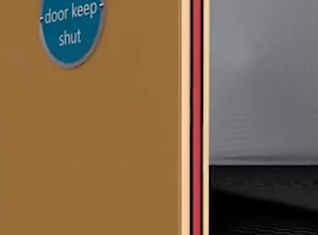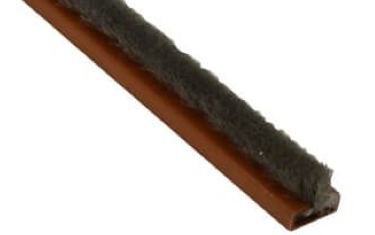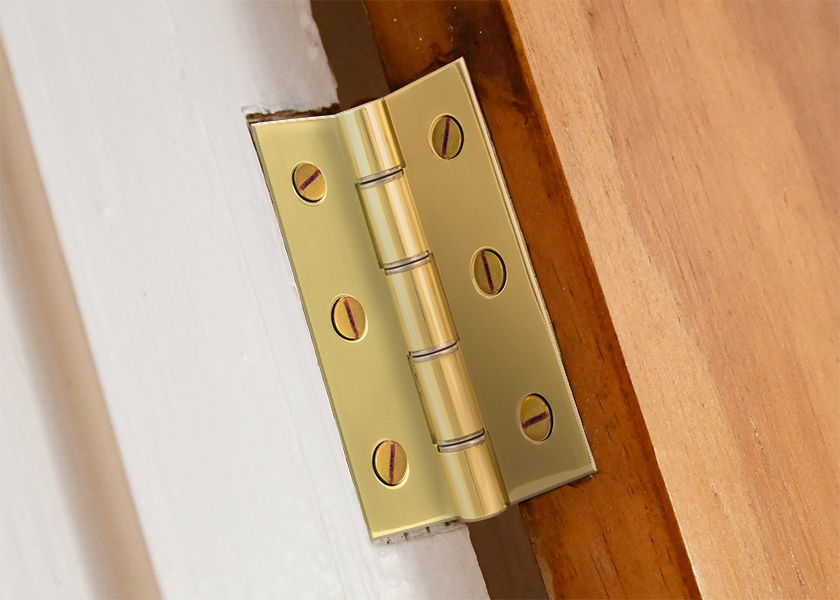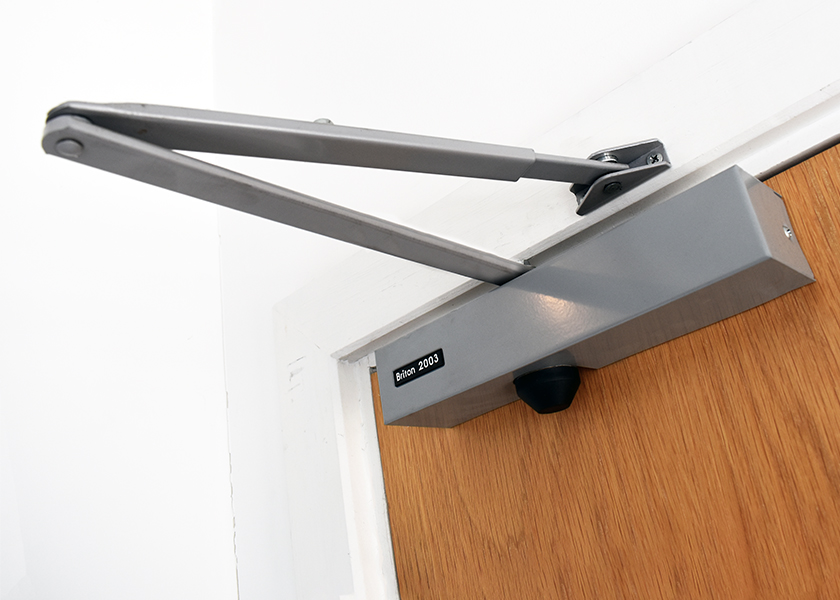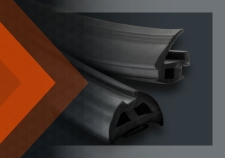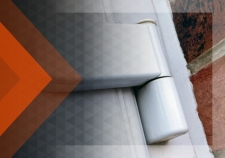
If you suspect a fire door of being faulty or wish to inspect your own work before/after installation, here is a simple assessment you can carry out. This 5 Step Check can be done by anyone, so ensuring these vital aspects of a fire door are met you can be assured the door should be safe in the case of an emergency*.
1. CERTIFICATION
What to Check
Look for labels or similar markings on top (or occasionally on the side) of the door. Also check the hinges for possible marks.*
These will mean they are 3rd party certificated and can be traced back to the original manufacturer.
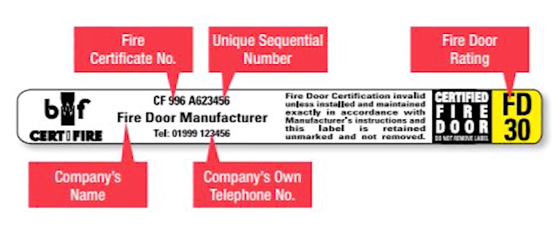
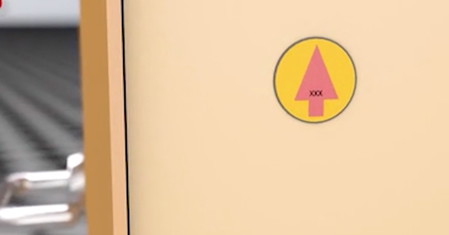
*If the hinges have a certifire mark they are definitely fire-rated hinges. A British Standard Kitemark and BS EN 1935 mark indicate the hinges grade, but not its fire-rating.
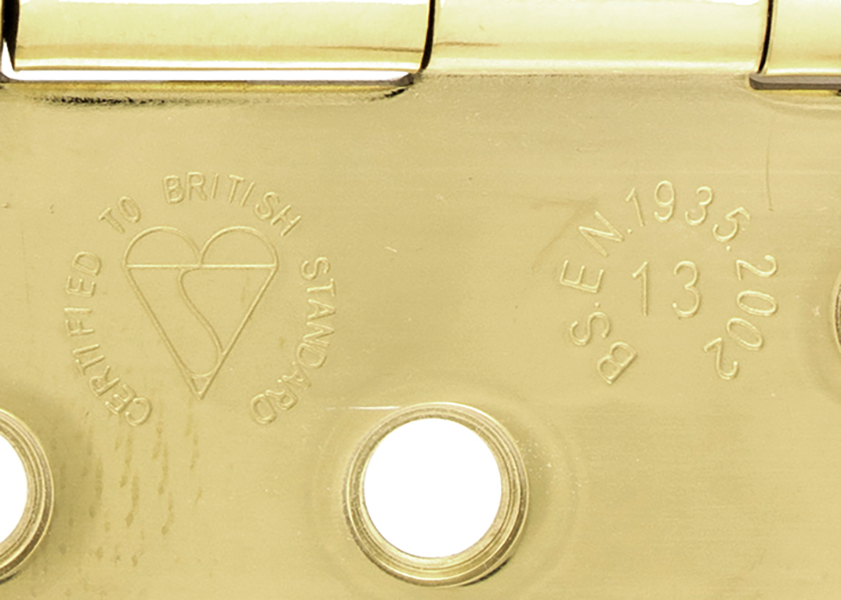
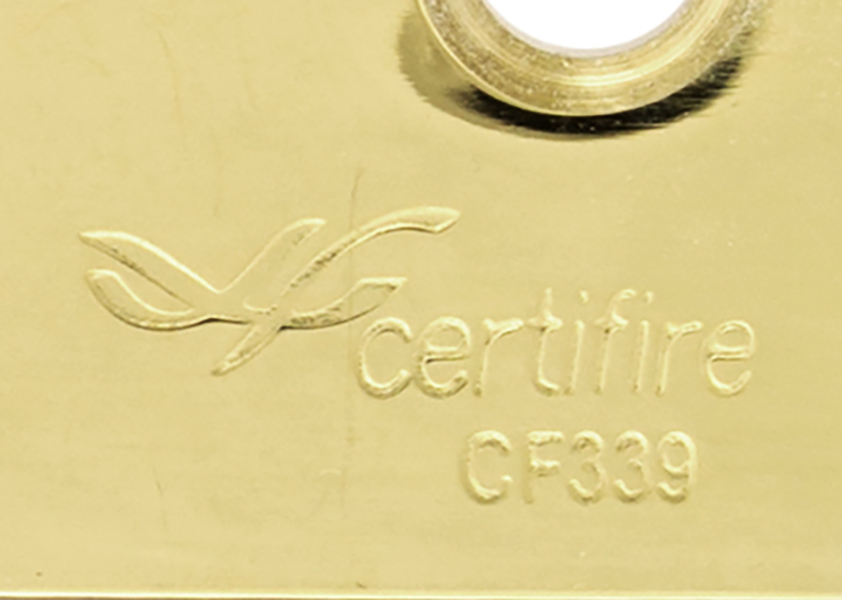
Why
Without a certification mark, you cannot be sure this really is a fire door.
How to check
Visually inspect the sides and top of the door, you can photograph any labels to check online if they are a valid certification mark.
Make sure to be safe when checking the tops of doors, use steps or a ladder to avoid damaging yourself or the door.
2. Gaps
What to Check
Check the gaps around the top and sides of the door are consistently less than 4mm when the door’s closed. The gap under the door can be slightly larger (up to 8mm), but it does depend on the door. Ideally, you should not see light under the door.
Why
The smaller the gap between the door and frame the less space fire and smoke has to travel. A working fire door will stop the fire travelling, keeping it contained for as long as possible.
How to check
Use a £1 coin to give a feel for scale, they are about 3mm thick so if you cannot fit it around the door, when closed, the fire door has been fitted correctly.
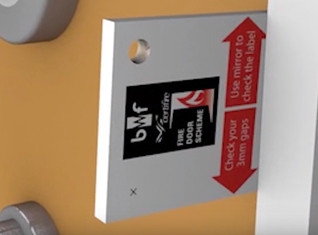
3. Seals
What to Check
Look for any intumescent seals around the door or frame. Check they're intact with no sign of damage.
Doors may also have brushes on the bottom or side, these are to stop cold smoke from passing around the door before the intumescent is activated.
Why
Intumescent seals expand when subjected to heat so they must be intact without damage to work correctly in the case of a fire. Without these seals, a door will not as efficiently stop a fire and smoke from travelling through the gaps around the door.
How to check
Inspect the sides of the door and inside the door frame. Intumescent seals will be district from the frame or door itself and should be intact without gaps or visible damage.
4. Hinges
What to Check
Check all hinges are firmly fixed (three or more of them) in the door and the frame, with no missing or broken screws.
Why
Due to the weight of a fire door, 3 or more hinges are usually fitted to a door. This also makes sure the door has been properly maintained and in the intensity of a fire, it will perform properly without malfunctioning.
How to check
With the door open, take a look at the hinges and area surrounding them.
5. Closing properly
What to Check
Check the door closes firmly onto the latch without sticking on the floor or the frame. Make sure the door is not wedged or propped open and is not damaged in any way.
Check the door closer is fixed securely and adjusted correctly to operate smoothly. If you are unsure on what kind of door closer is present have a look at our beginners guide to door closers.
Why
A fire door only works when it’s closed. A fire door is completely useless if it’s wedged open or can’t close fully. Any damage could also reduce the performance of the door in the event of a fire.
How to check
Open the door at least halfway, let go and see what happens when you allow it to close by itself. Listen for any signs of friction between the door and the frame. Also look for any damage on the door or frame.
Here are some tips for installing a fire door and why they are so important.
So remember, if you suspect any fire door of being unsafe, take a few minutes to run through the simple 5 Step Fire Door Check.
- Check for certification - Check the top & sides of the door.
- Check the gaps are 4mm or less - Use a pound coin for references.
- Check the intumescent seals - Check they’re intact with no sign of damage.
- Check the hinges - 3 or more with no screws missing.
- Check the door closes properly - It should close firmly and never be wedged/propped open.
*This 5 Step Check is not a replacement for a full inspection by a trained individual, such as a registered FDIS Inspector, but it can highlight any issues that may require further examination. Information courtesy of Fire Door Safety Week.

 |
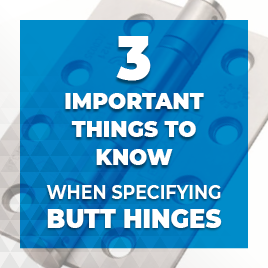 |
 |

